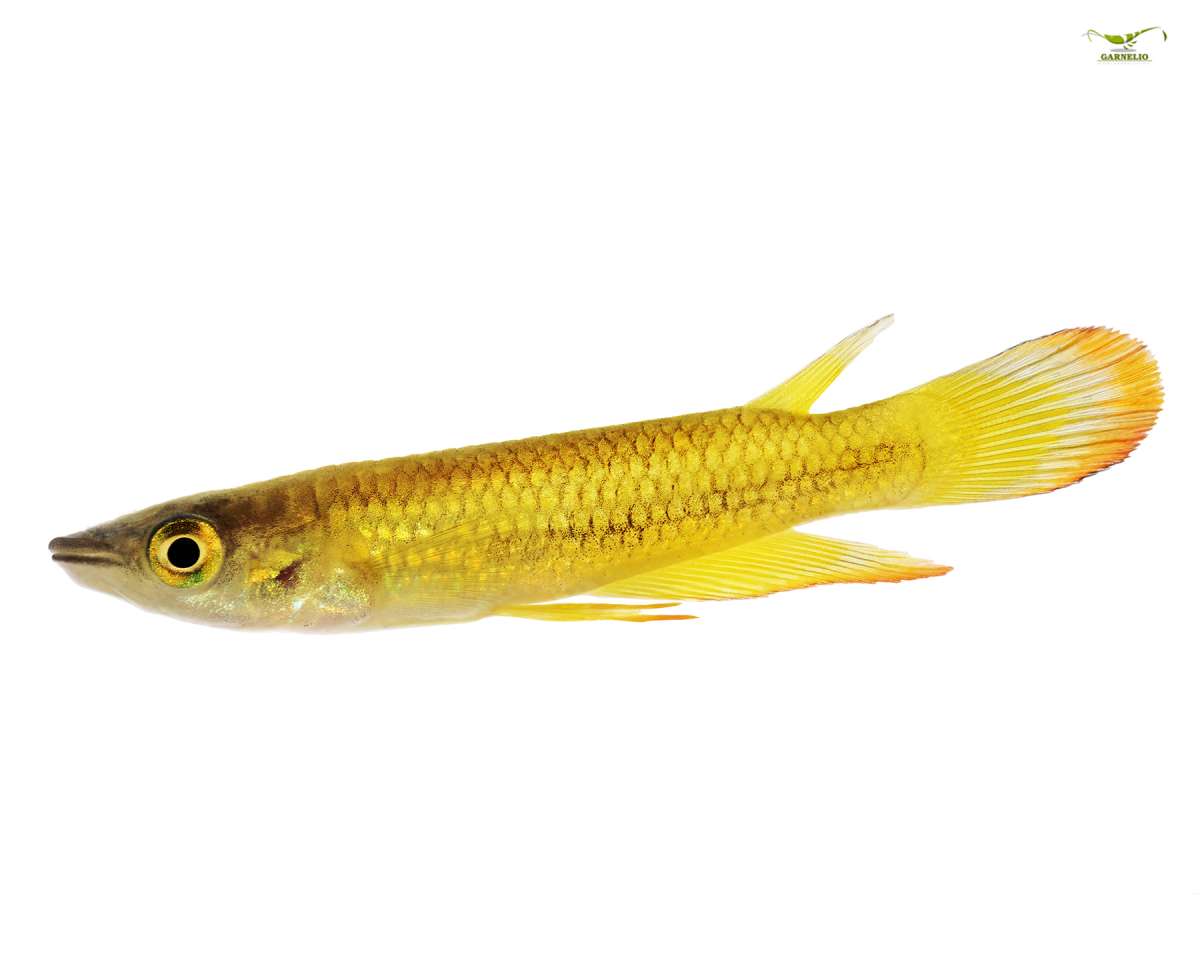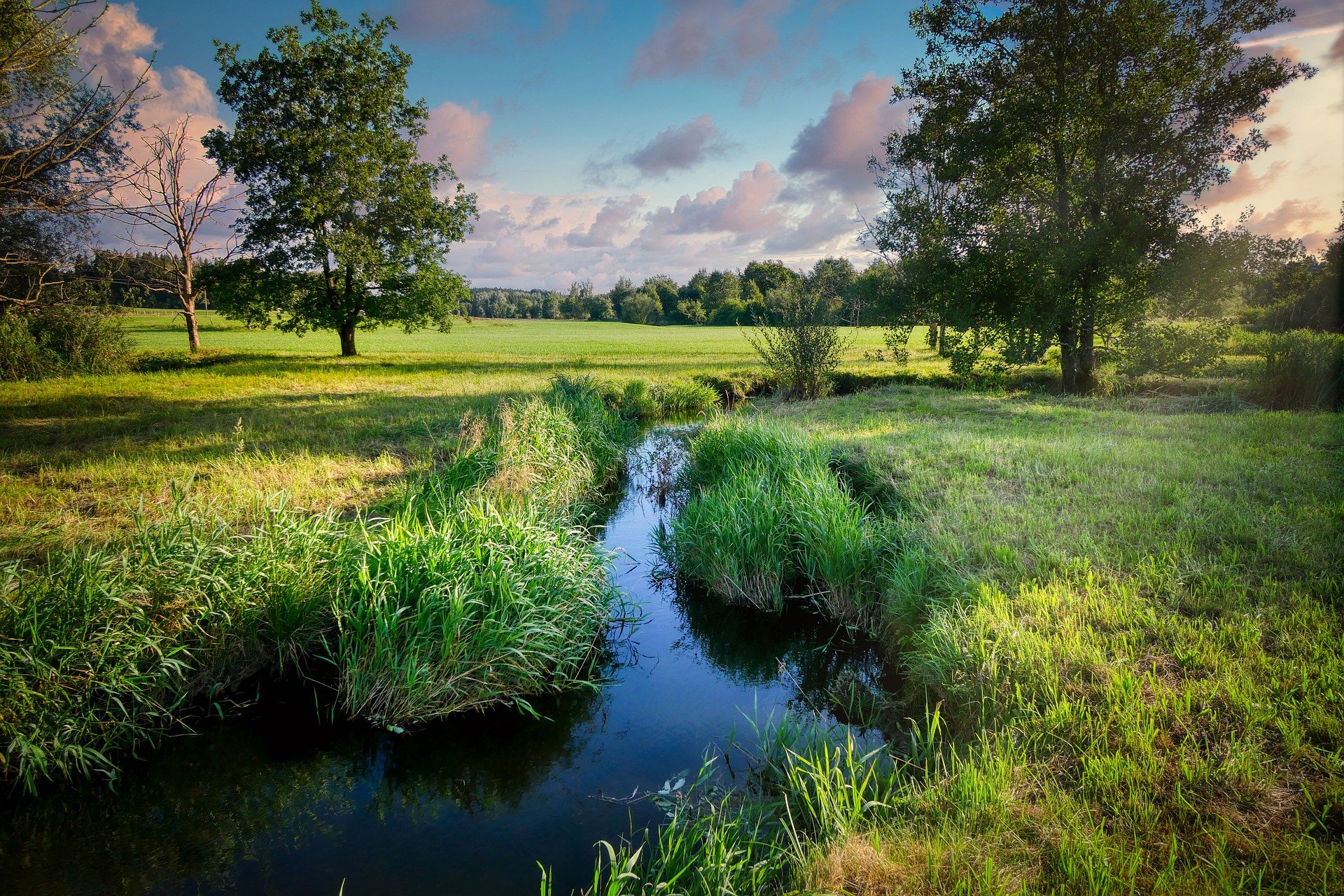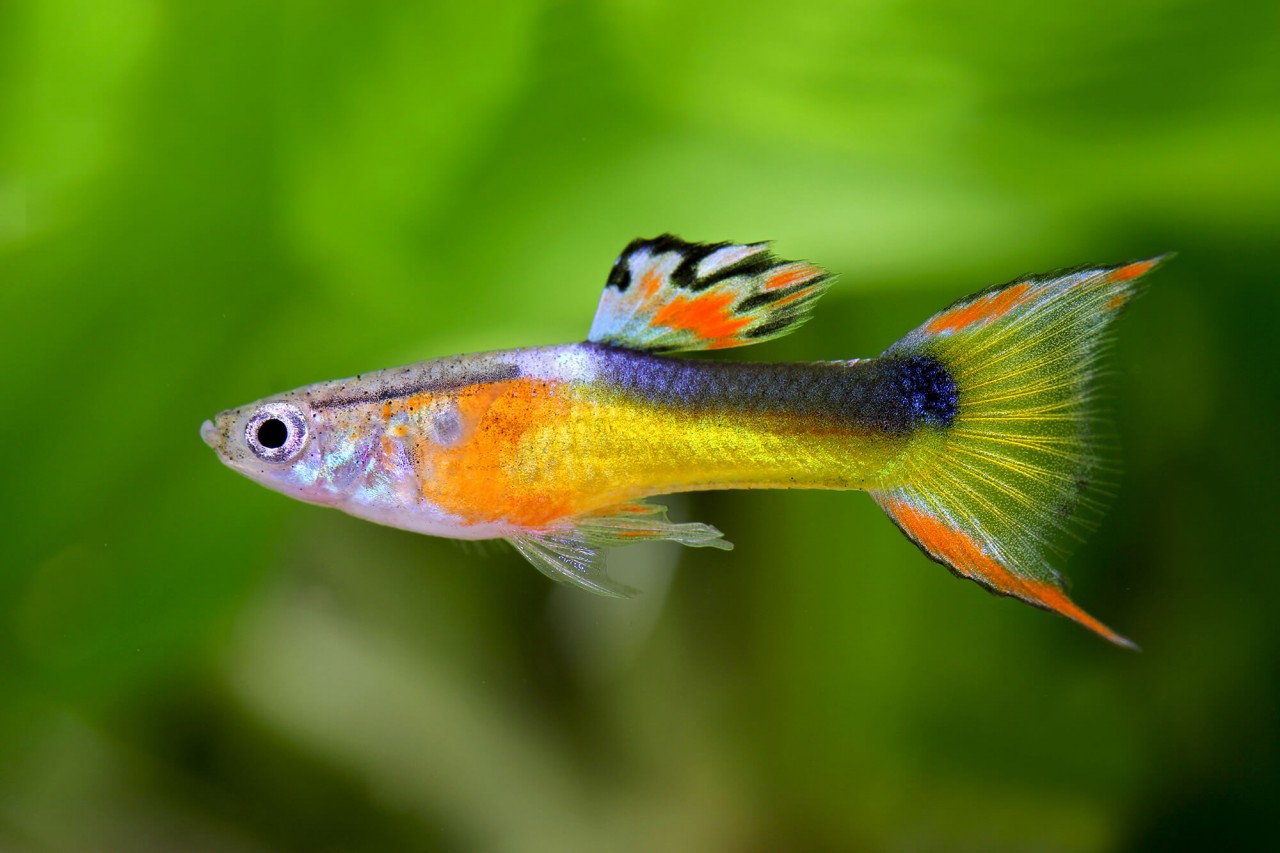Evolution in the fast wash: Endler Guppies

"It is not the strongest species that survives, nor the most intelligent, but the one that reacts best to change," Darwin once said, thus laying an important building block at the time, if not the most important. He also noted in his "Origin of Species" that evolution proceeds only very slowly and is generally rather difficult to measure. However, it is easier to observe it in rapidly replicating organisms that are put under selection pressure. The biologist John Endler came up with this idea in the early 1980s, when he used Poecilia wingei for his research. His work was appreciated accordingly, so that the small popular fin carriers were called Endler Guppies from then on.
How it all began
The fish came into focus when John Endler discovered that guppy populations in Trinidad also expressed different colors in different locations. He discovered that they differed significantly depending on whether the fish lived in the upper or lower reaches of the stream. He noticed that in the upper reaches of the stream there were almost no natural predators and the male guppies presented colorful patterns. In the stream lower reaches, however, the guppies were exposed to other piscivores and appeared to be less colorful and showy. This discovery led him to consider possibly finding a natural selection clue, as well as the reason for these differences. Since guppies are not called "million fish" for nothing because of their enormous reproductive potential - among other things, because the females can store the sperm of the male and fertilize themselves several more times - they also seemed to be the perfect experimental animals.
The experiment of John Endler
12 aquariums served as the experimental setup, 6 of each he equipped with either a colorful gravel or a colorful sand and selected strikingly colored animals for the experiment, which were allowed to get used to their new home and reproduce for half a year. He then divided both populations again, two of which continued to remain unmolested in the "comparison aquarium." The remaining experimental groups, however, were given a new predatory co-inhabitant: one was introduced to a pikecichlid (Crenicichla alta), which can grow up to 30 cm in length and feeds primarily on fish, and the other to a kilifish (Rivulus hartii), which, due to its size, tends to feed on the offspring of other fish, as well as their spawn.

In this way, the biologist was able to investigate four selection methods at once; namely the mate choice of the females in relation to the color of the males, as well as an increased risk of feeding due to the colorfulness, a higher survival rate due to adaptation and the overall development taking into account the different survival rates.
Above all, the rapid reproduction is due to the excessive coloration, which not least has an influence on gene diversity. Therefore, especially the most colorful males are in the focus of the female guppy. However, in Endler's experiment the males are faced with the agony of choice: reproduction or survival- which resulted in a corresponding conflict. He was therefore interested in their behavior to bridge the gap.
In the aquarium with pike perch, the males almost took on the bottom color after only 15 populations, with the animals forming some larger patterns on gravel bottom and quite a few small spots on sand bottom, but their colors faded. In comparison, the diverse colors in the Kilifish aquarium were almost unchanged, because here the predator practically only helped itself to the colorless young. It was not until the thirtieth generation that a rudimentary selection pattern in the number of young was established - in the perch aquarium a higher number of considerably smaller and more precocious young saw the light of day, whereas in the kilifish fewer young were born, which, however, grew larger and only joined in the courtship business at a late stage.

Natural evolution
These findings were also found in the fish in the streams, although not quite as finely differentiated, since in the wild guppies other parameters also play a role, which are more likely to occur only in the natural environment than in the aquarium. Therefore, it can be said with certainty that the survival of the species that adapts the fastest and has "learned" to make appropriate compromises is more likely to survive than others.
Guppy are not the exception in the matter of "fast evolution". Other animal species such as Darwin's Galapagos finches provided the first evidence of this, but also the more than 300 cichlid species of Lake Victoria in East Africa have virtually evolved through "evolution in a fast wash", simply because they would otherwise have become extinct without rapid adaptation. These perches, in particular, have been among those that have been able to adapt most rapidly. In the sediments of Lake Victoria, geologists were able to make the discovery that it was once rather dry steppe land with shrubs and grasses. Shortly after the lake was formed, it was colonized by cichlids, which adapted rapidly to the new environment. Biologists have also found that it is primarily the very small populations that reorient and change their genetic material most rapidly, because in large groups the gene pool is practically cushioned again by the mass. In humans, too, a "natural DNA manipulation" can be caused to a certain extent, especially if, for example, they are permanently under stress - which would be comparable to the pressure of predatory fish in guppies.

Ultimately, the environment determines the survival of the fittest, and so it happens that finches, fish or other animals have changed so much that they hardly have anything in common with their ancestors. Even on the Caribbean islands, for example, there are currently quite a few species of iguanas, of which 42 variants are found in Cuba alone and are adapted to and colonize different habitats.
